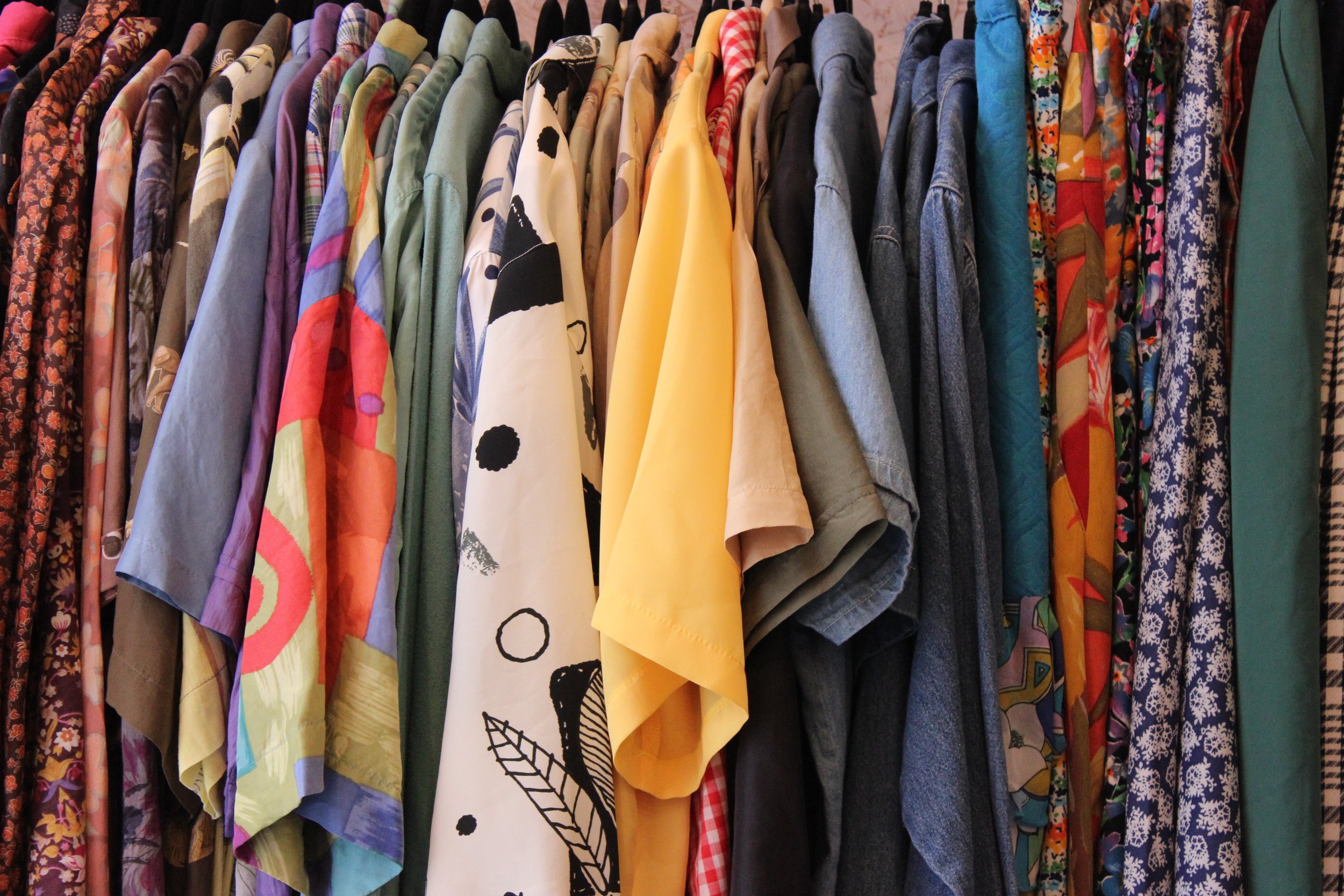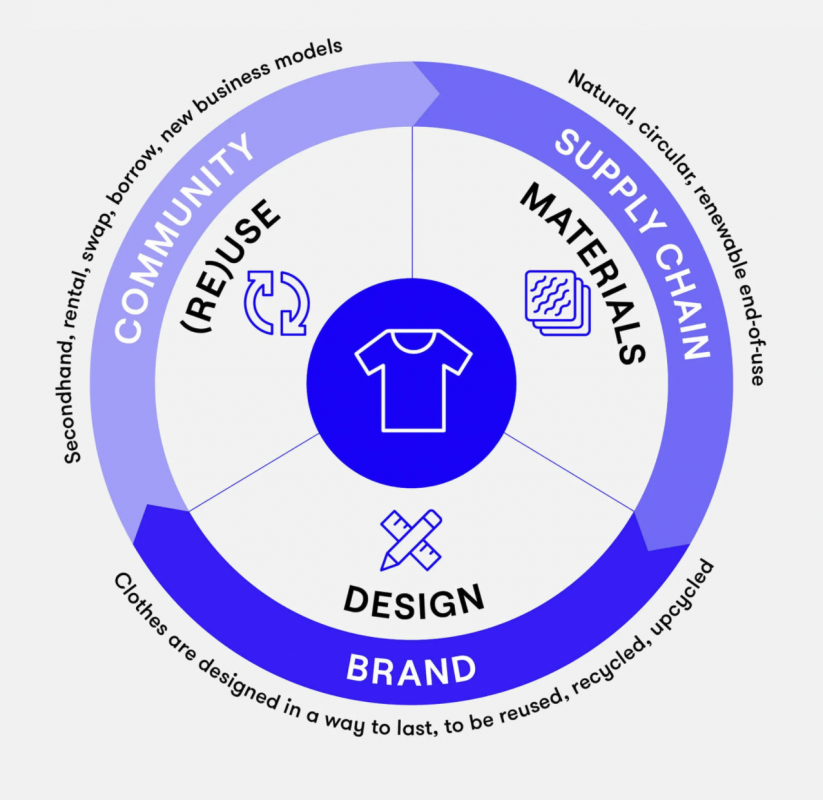The circular fashion model is proving to be a big step in the right direction for the industry. But we must band together for it to work.

Circular fashion helps facilitate the products of today to become resources for tomorrow. It ensures clothes and accessories are designed, sourced, produced, and delivered with the intention for them to be re-used. To then be dismantled for repair, remake, re-use and recycling – circulating through society for as long as possible. The circular system shows a promising solution to the industries impact on climate change, making it a key focus for the business over the next decade. However, several barriers are currently preventing its successful adoption and implementation. Gerrard Fisher (QSA Partners) tells Medium,
“The main principle of circularity is that there is no waste…a product it, is either usable [or] materials can be recovered and used in a new opportunity”.
Challenges in Circularity
For circularity to take off, it requires widespread scaling and complete industry commitment. Brands can’t make an active change whilst others wait for momentum before jumping on board. Everyone needs to engage for it to be successful. Brands will need to implement new business models that support recycling throughout the entire product lifecycle – from raw material to disposal. A product should be both recyclable and durable to withstand erosion over time. Implementing these changes isn’t an easy feat to achieve as a collective, making it a sizeable ambition for the industry.
Next, reliable product refurbishment is costly, particularly given the difficult nature of restoring stretched, stained, scratched or marked clothes and accessories. Similarly, with most garments composed of a mix of materials, recycling them isn’t easy. Logistically, circular fashion is a complex matter. As we stand, resale transactions are largely consumer-consumer. This thereby leaves individuals contemplating whether the resale value is even worth the time and effort it takes to sell the item compared to just throwing it away.

The Consumer Push
It is becoming harder for brands to resist change as consumer attitudes shift. Shoppers are becoming more conscious of how their purchases affect the environment and are trying to shop more sustainably. According to the Business of Fashion, more than three in five consumers said environmental impact is an important factor in purchasing decisions. These attitude hauls are obvious in the resale sector’s sales surge. Per Business of Fashion, popular resale app Depop reported a 300 per cent year-over-year increase in pre-loved items sold during the Covid-19 pandemic.
The shifts in consumer perspective will see brands unwilling to elevate their standards left behind by their competitors trying to implement sustainable and ethical practices. However, the industry will still need to work on reducing the lingering stigmas around clothes labelled as “up-cycled”, “repaired”, and “refurbished”.
How can brands get onboard?
The industry as a whole is making progress in addressing its R’s- reduce, re-wear, recycle, repair, resell. Ahead, there should be a continued focus on designing high-quality materials with maximum durability in a timeless style. Clothes that will last the loop but are, additionally, biodegradable and recyclable. Designing in a custom format will also help value and appeal to the customer. There should no longer be clothes and accessories designed for single use. Instead, be available to swap, borrow, rent, and redesign culture. However, waste reduction and recycling strategies shouldn’t be limited to product and material manufacturing. Instead, receive implementation at every stage of the supply chain and production.
Subscribe to FIB’s Weekly Alchemy Report for your weekly dose of music, fashion and pop culture news!







